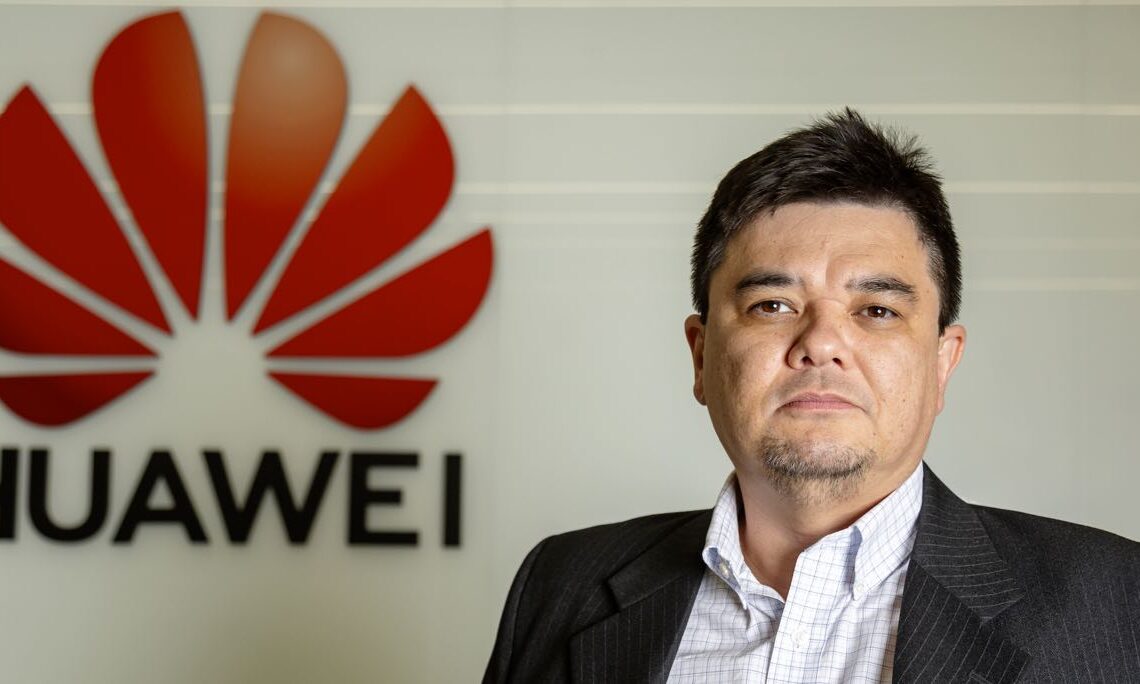
- Huawei believes effective cybersecurity requires global collaboration
- The company supports Zero-Trust security initiatives
- Huawei faces challenges in getting buy-in from countries that have blockaded its products
Above: Marcelo Motta, photo courtesy Huawei.
Originally published in Newsday for May 13, 2021
At a virtual press briefing on Monday, Marcelo Motta, Chief Cybersecurity Officer, Latin America and the Caribbean for Huawei Technologies called for more global collaboration on cybersecurity issues.
Motta explained that as everything becomes more connected, attack surfaces become much larger, while open platforms mean that traditional boundaries of defence are blurring. He warned that more data insight, the gathering of information about customers and their online habits, leads to a greater risk of leaks and the commensurate harm that can result.
According to Motta, Huawei’s 5G basestations, the transmitters that broadcast the wireless broadcast signal adhere to GSMA and 3GPP certifications and the company has opened its architecture to independent, third-party evaluation.
Michael Chen, Huawei’s Director of Corporate Communications for Latin America, noted that the company’s approach is based on, “A zero-trust principle for cybersecurity, ABC: A – Assume nothing. B – Believe nobody. C – Check everything.”
“Trust needs to be based on facts,” Chen said.
“Facts must be verifiable, and verification must be based on common standards. Huawei believes that this is an important model for building trust in the digital era.”
In a factsheet issued by the company, Huawei noted four areas of concern, the pace of technology development, the lack of a common and unified understanding of cybersecurity issues, the lack of a unified set of technical standards for security and the unevenness of legislative support for cybersecurity and the consequent immaturity of legal provisions.
The company faces more than a few challenges in pushing for more global collaboration on cybersecurity. The US and the UK have collectively blocked the deployment of Huawei equipment for infrastructure and in some cases, set deadlines for the removal of equipment currently in use.
Despite that geopolitical hurdle, the company is pressing ahead with infrastructure deployments in other countries and its collaborations on cybersecurity were being pursued in Europe.
Motta said that Huawei is committed to “…emphasising cybersecurity by design, using independent verifications with a principle of many hands and many eyes.”
“We have an industry commitment to share our findings. There is a gap in that commitment in the global response, but we believe that this is a gap that would best be filled by governments and policymakers.”
On the rise in cybersecurity threats and sophisticated hacks, Motta admitted that,”This is all new.”
“When we say this is new, it may not be widely discussed, but it is something that technologists have been discussing for years.”
“There are initiatives that we are joining. In Germany there are other initiatives.”
“The best practices begin at the country level, and that opens possibilities for collaboration between different countries.”
The best way to tackle these cybersecurity problems is through models of certification. The best models [for managing cybersecurity] will be copied by other countries and then harmonised.”

